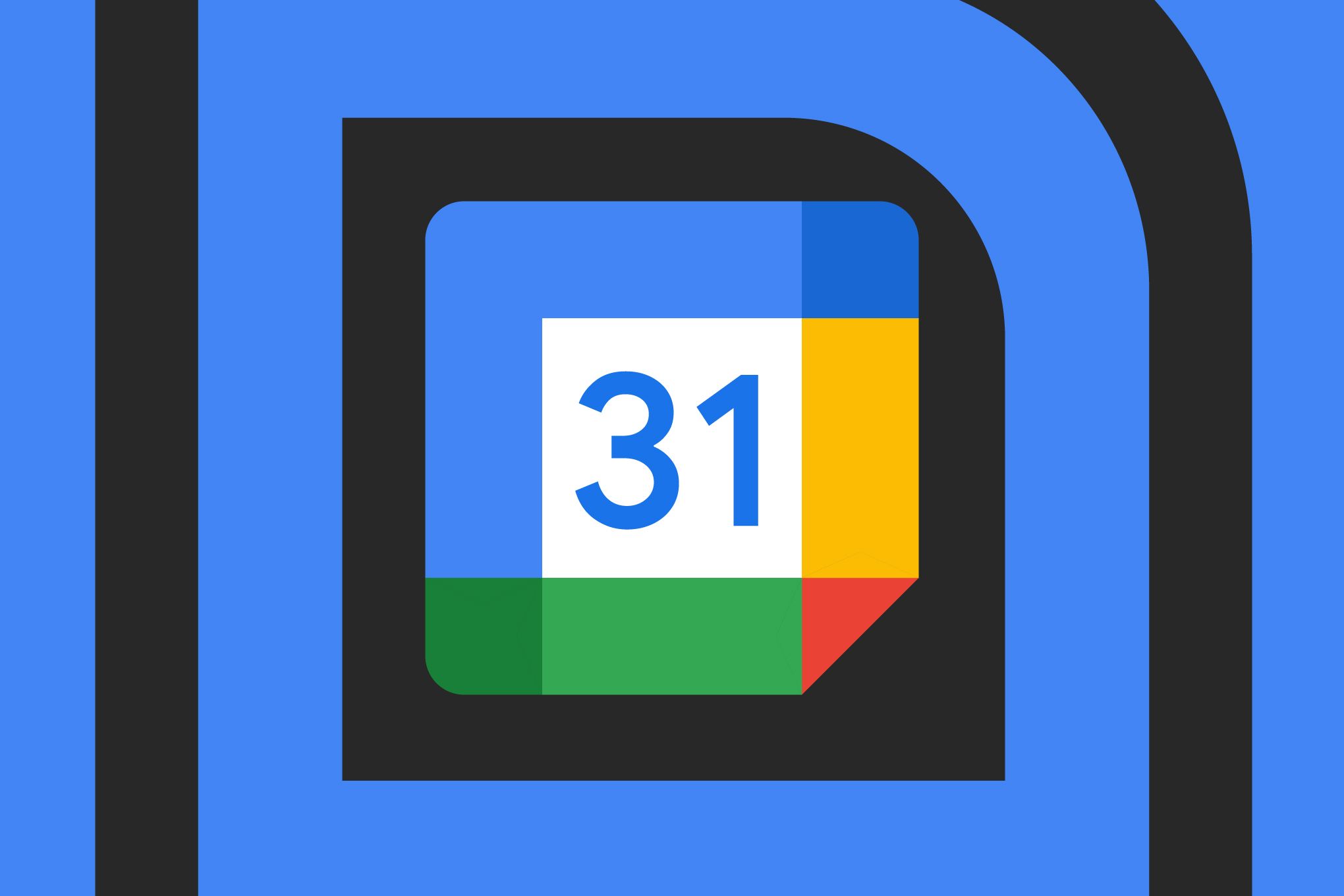Google just rolled out the calendar feature users have been begging for - Tasks that actually block your time and mark you as busy. The updated Google Calendar Tasks feature lets you schedule focused work time with all the protections of a meeting, including do-not-disturb mode and automatic meeting rejection. It's rolling out to all Workspace customers through mid-December.
Google Calendar just shipped the productivity feature that's been years in the making. The company's updated Tasks feature now lets you block calendar time and mark yourself as busy - finally giving tasks the same scheduling power as meetings. The rollout started hitting Rapid Release domains on November 6th and will reach all accounts by mid-December. For anyone who's ever created fake meetings just to protect their focus time, this changes everything. The enhanced Tasks feature transforms Google's lightweight to-do system into a proper time management tool. Users can now set specific time blocks for tasks, toggle do-not-disturb mode, and automatically reject conflicting meeting requests. You can even add deadlines, though only dates are supported - no specific deadline times yet. It's a direct response to persistent requests from Workspace users who've been asking for this functionality on Reddit and other forums. Google's been quietly rebuilding its Tasks ecosystem over the past few years. The feature launched as a standalone app back in 2018, then got major updates like integrated reminders from Google Keep and completion date tracking in 2024. This time-blocking update represents the biggest evolution yet. The timing couldn't be better for enterprise users drowning in meeting requests. Unlike the existing Focus Time feature, which creates generic blocked periods, the new Tasks system assigns specific work to specific timeframes. That granular approach mirrors what Microsoft Outlook has offered for years, giving Google a competitive edge in workplace productivity tools. The implementation is surprisingly straightforward. Users simply click an empty calendar slot and select "Task" from the dropdown options. The interface mirrors meeting creation - you can adjust duration, add descriptions, and set recurrence patterns. But instead of attendees, you're protecting time for actual work. Google's rolling this out across its entire user base - Workspace customers, individual subscribers, and personal Gmail accounts all get access. The phased rollout means some users might not see the feature until December, but the wait should be worth it for anyone who's struggled with calendar-based task management. What makes this particularly smart is how it bridges the gap between task management and calendar scheduling. Most productivity systems force you to choose between detailed task tracking or effective time blocking. Google's solution does both, creating a unified workflow that should reduce the cognitive overhead of managing multiple systems. The feature arrives as workplace focus has become a premium commodity. Studies consistently show that context switching between tasks kills productivity, making dedicated focus time increasingly valuable. By giving tasks the same calendar authority as meetings, Google acknowledges that planned work deserves the same protection as collaborative sessions. For teams using Google Workspace, this could reshape how they approach project planning and resource allocation. Managers can now see when team members have blocked task time, making it easier to respect focused work periods. It's a small change that could have significant cultural impacts around meeting scheduling and work-life boundaries.
